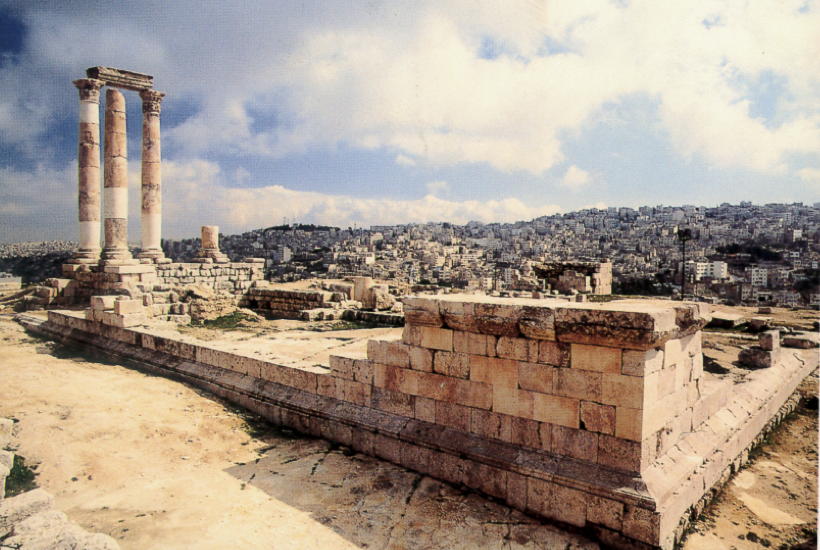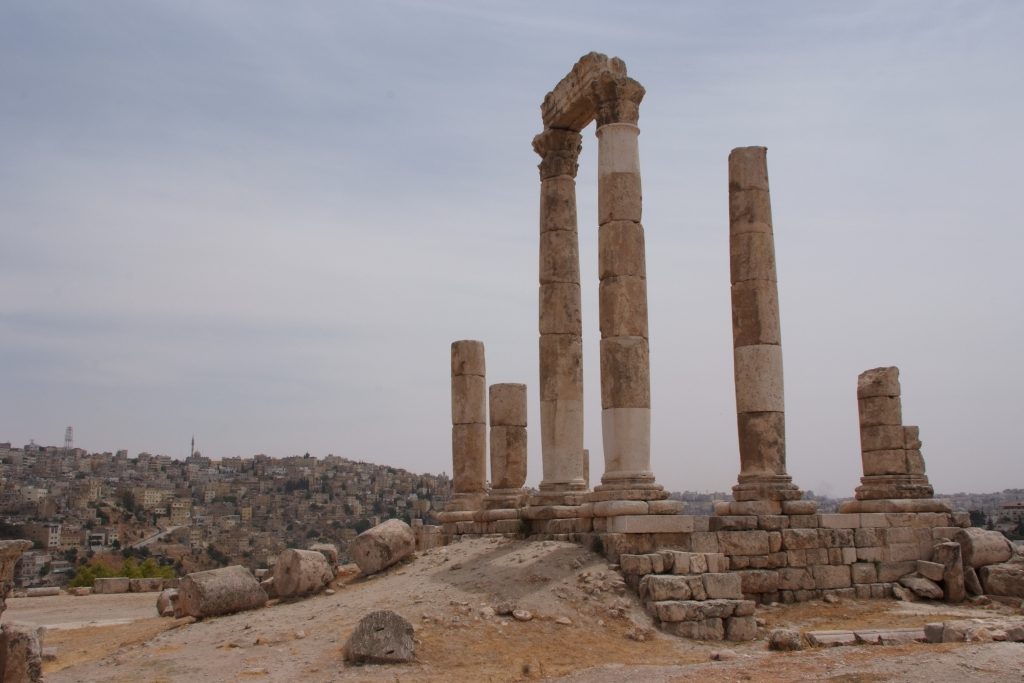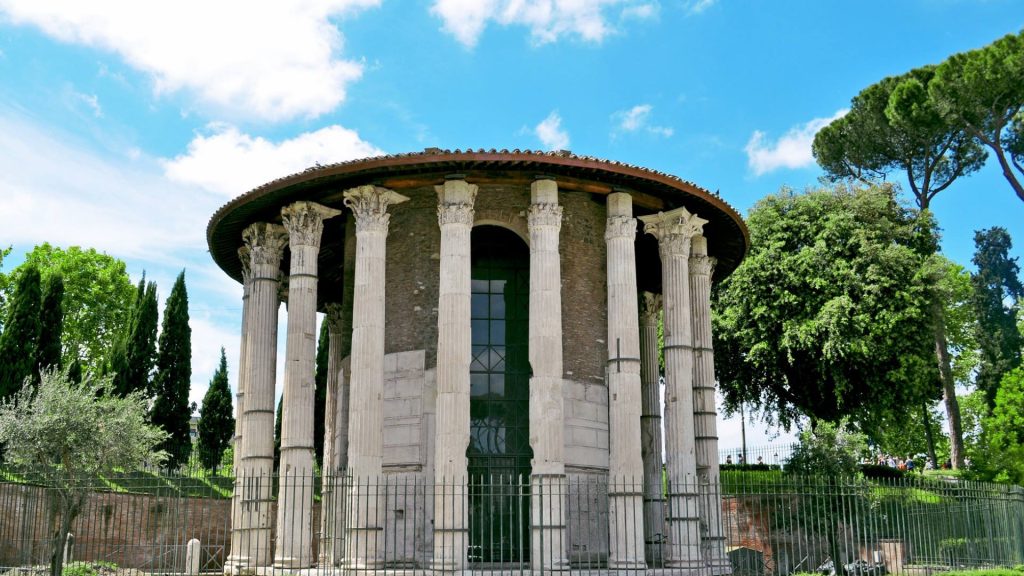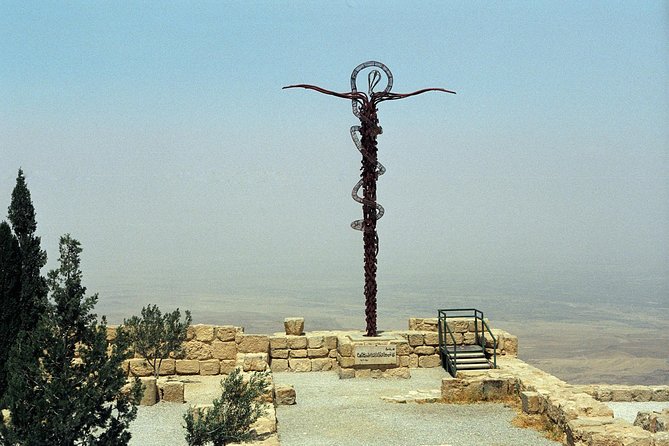Jordan stands as an oasis in the Middle East. From ancient relics to stunning tourist spots, this small country offers something special.
Madaba lies only a short distance from the capital and boasts the world’s largest collection of mosaics. You can also visit Mount Nebo – believed to be where Moses first saw the Promised Land – where you may get another perspective of Moses’ vision of it all.
1. Ad-Deir

This iconic site in Jordan, also known as Monastery, can be found high up a mountain ridge near Petra and requires you to hike a path consisting of 800 steps – but the reward makes the effort worth while!
Not only does the main facade measure 47 meters wide and 48 m in height, but what really distinguishes this monument is how precise stone chiselling was done on it.
It’s believed that Nabateans were experienced engineers and hydrologists, establishing complex systems to control and collect water across the desert landscape.
2. Arch Of Hadrian

Arch of Hadrian Jerash is Jordan’s largest Roman site, boasting impressive ceremonial gates, colonnaded avenues, temples and theatres that showcase Jordan as an imperial centre during Roman times. Even non-archaeologists will appreciate its scale and beauty!
This book offers an informative history of ancient Jordan and its importance as a trading hub during its peak years during the 2nd Century AD. Amman was an important stop on King’s Highway – an ancient trade route linking Egypt with Philadelphia (now Amman) and Damascus via Red Sea trade routes.
At the southern end of this city lies the monumental Arch of Hadrian, constructed in 129 AD to commemorate Emperor Hadrian’s vis
3. Citadel Of Amman

Situated on Amman’s central Jabal al-Qal’a hill, the Citadel has a rich and millennia-old history dating back to before the Bronze Age. Occupied ever since then as fort, agora and city throughout Roman, Byzantine and Umayyad periods; even more recently during modernity’s rise.
This site also houses the Jordan Archaeological Museum. If you have an interest in archaeology, be sure to visit.
Highlights at Umayyad Palace include its construction between AD 661 and 750 and Temple of Hercules – built during Roman Emperor Marcus Aurelius’s rule as evidence of just how grandiose this place once was.
4. Dead Sea

Situated in southern Israel, the Dead Sea is known for its rich ecosystem, mineral laden mud baths and unparalleled mineral treasures – drawing tourists for thousands of years.
Since its creation, the Dead Sea has maintained a delicate natural balance: receiving freshwater from rivers and streams flowing through mountain ranges while losing it through evaporation.
Over the past several decades, however, its levels have steadily decreased due to regional water policies and its use for industry, farming, and irrigation purposes.
5. Jabal Al-Qal’a

Amman is a vibrant metropolis boasting stylish restaurants, innovative cuisine and luxurious hotels – including Jabal al-Qal’a fortress – which dates back over 2300 years! Additionally, Amman boasts an extraordinary piece of Bronze Age history known as its citadel that can only be seen from above!
Jabal al-Qal’a, one of seven jabals that originally comprised Amman, has been occupied since the pottery Neolithic period and today stands out as an archaeological site of note. Notable structures on Jabal al-Qal’a include its impressive obelisk atop a spire; an engineering masterpiece worthy of becoming Jordan’s premier landmark. However, much more lies within this citadel’s walls. To discover all this beauty head out on a guided tour from Culture Trip that covers Amman and surrounding Jordanian countryside sights!
6. Jordan National Gallery

Jordan National Gallery Its The Jordan National Gallery showcases art by modern and contemporary artists from around the globe, providing an avenue for cross-cultural dialogue and artistic exchange.
The Gallery boasts two buildings joined by a sculpture park, and hosts both local and international exhibitions on an ongoing basis. Furthermore, an annual sculpture symposium, poetry readings, and seminars take place annually at this space.
In 2018, the Gallery unveiled “Factory”, an initiative that fosters openness and community engagement throughout all stages of creative processes – such as emerging art projects, residencies, curatorial projects, summer workshops and street/public art initiatives.
In 2009, the Gallery launched a groundbreaking initiative known as “The Touring Museum.” This mobile art gallery uses a truck modified into an art display case to share works from their Permanent Collection with villages throughout Jordan’s rural countryside.
7. King Hussein Car Museum

Are you an automotive enthusiast or simply interested in the history of Jordan? Don’t miss the King Hussein Car Museum commissioned by late King Hussein and inaugurated in 2003 – which showcases over 70 beautiful cars from his personal collection! This museum can’t be missed.
There’s much to admire at Wadi Rum: armored vehicles, sport cars and Rolls-Royces galore; as well as Matt Damon’s Mars exploration vehicle from The Martian (filmed nearby).
Although not an expected attraction in Amman, this charming museum provides an engaging opportunity to learn a little bit of its modern history. Petrol-heads will delight at seeing its collection of vintage automobiles; outside you’ll also find plenty of attractions including one of the rovers that helped film The Martian.
8. Temple Of Hercules

Amman’s prominent Roman landmark, the Temple of Hercules stands tall above Amman’s modern skyline and stands as one of its most remarkable structures. Constructed between 162-166 CE while Roman General Geminius Marcianus ruled Arabia, this impressive structure can be found atop one of Amman’s oldest quarters on a hilltop.
Its portico is larger than any in Rome itself and features six 33-foot columns that frame its portico. However, scholars speculate that for unknown reasons this temple was never completed.
Archaeologists speculate that the massive, half-complete temple was dedicated to Hercules – an enduring demigod known for his strength and adventures. According to estimates by archaeologists, in its original state it likely stood up to 40 feet tall, making it one of the tallest marble statues ever sculpted – yet today only three giant fingers and an elbow remain standing.
9. Mount Nebo

Mount Nebo, situated as the highest point of Jordan’s Abarim Mountains, is one of its most revered holy sites. Moses led his people out of Egypt here before climbing this hilltop for their first glimpse of their Promised Land.
This ancient site has long been a site of pilgrimage for those of all religions. The church on top boasts beautiful mosaics depicting scenes from Byzantine history.
Madaba offers visitors an easy and quick side trip that boasts breathtaking views over the Dead Sea, Israel and Jericho. Of particular note is its Moses Memorial Church complex featuring basilicas, baptisteries and mosaics – perfect for quick sightseeing adventures!
10. Jordan National Museum
In Amman, Jordan’s cultural and historical heritage can be experienced at the Jordan National Museum – an educational hub which tells its own tale from past to present and future. It serves as an essential center of knowledge that presents its story through specially curated halls.
This concept can be seen reflected on the building’s facade, which features rough stone to signify its past while smooth stone symbolizes its present; additionally a glass panel symbolizes its future.
The museum provides a unique journey through Jordanian history and culture, encouraging visitors to discover Jordan through playful yet educational exhibits.
Also Read:- Top 10 Places You Must Visit in Abu Dhabi: A Travel Guide


